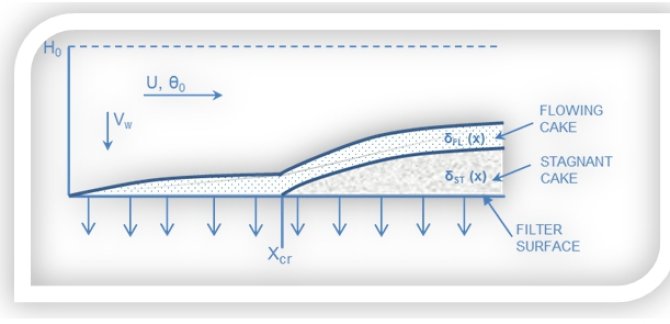Project
Controlled cake layer formation using shear induced diffusion as a method for particle separation
Introduction
The separation and fractionation of polydisperse food suspensions can be done using crossflow microfiltration. Former studies within our group (Kromkamp et al, 2006) have shown that particle size segregation occurs in the feed flow, which leads to an increase of the smaller particles near the walls of a channel. The larger particles migrate to the centre of the channel. The migration is due to local velocity differences that induce shear on the particles. Particle size is also an important factor. Understanding of this shear induced particle migration can possibly be used to design new fractionation methods.
Aim
The aim is to study and design a new process for the fractionation of polydisperse food suspensions. The focus in this project will be particle separation based on controlled cake layer formation.
Approach
Cake layer composition and fluid dynamics at different process conditions, like cross-flow velocity, transmembrane pressure (TMP), particle size and system geometries will affect the migration and will be studied by CLSM measurements and particle size distribution. Estimates for the process parameters will be derived from the global shear induced diffusion model by Romero & Davis (1988). Based on the experimental results a new process design will be developed and tested.

Schematic representation of build-up of stagnant layer and flowing layer during cross-flow filtration according to Romero and Davis.
References:
- Kromkamp J., Faber F., Schroën K., Boom R., Journal of Membrane Science 2006, 268, 189-197.
- Romero, C. A., Davis R. H., Journal of Membrane Science 1988, 39 (2), 157-185